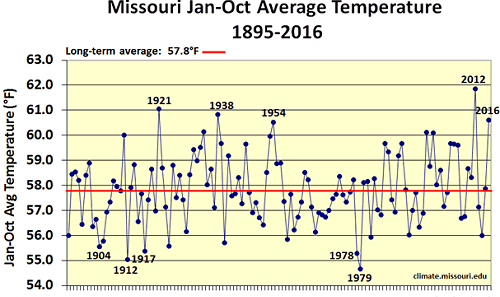When one thinks about planets in our solar system, Mercury often floats to the periphery of consideration. It is the smallest planet, orbiting closest to the Sun, yet it harbors some of the most extreme climate conditions found in our celestial neighborhood. Have you ever wondered what it would be like to experience the suffocating heat of Mercury’s day only to shiver in its bone-chilling night? This juxtaposition can seem almost surreal. Let’s delve into the complexities of Mercury’s climate, characterized by scorching temperatures during daylight hours, and a dramatic plunge into frigid conditions after sunset.
Mercury possesses a thin atmosphere, composed primarily of oxygen, sodium, hydrogen, helium, and potassium. This tenuous envelope is insufficient to retain heat, leading to stark temperature fluctuations. Without a protective atmosphere to regulate heat, temperatures soar to approximately 800 degrees Fahrenheit (430 degrees Celsius) during the day. Such a harsh environment bears no resemblance to Earth’s temperate climate, where the atmosphere serves as a buffer against the relentless rays of our Sun.
Now, in stark contrast, when night falls on Mercury, temperatures plummet to around -330 degrees Fahrenheit (-200 degrees Celsius). This drastic change occurs because the planet’s surface, unable to hold onto heat due to its lack of atmospheric insulation, quickly cools. Imagine experiencing such volatility in temperature over the span of just a few hours—a challenge for any potential life form! This striking temperature variance is a primary characteristic of Mercury and poses an intriguing question: what kind of adaptations would life necessitate to survive under such extreme conditions?
The climate of Mercury is shaped significantly by its proximity to the Sun and its unique rotational and orbital dynamics. One fascinating aspect of this planet is its slow rotation—a day on Mercury lasts about 59 Earth days. In combination with its rapid orbit around the Sun, which takes only 88 Earth days, this results in prolonged periods of sunlight and darkness. Thus, the inhabitants of a hypothetical Mercury would need to endure lengthy days of extreme heat, juxtaposed with equally long nights of extreme cold. The enduring lesson here is that survival in such an unpredictable climate may not just be about enduring the high and low temperatures but mastering the extreme transition from one to the other.
Let’s consider further how this challenge impacts potential habitation. If one were to design an environment bearing life forms or even habitats on Mercury, one would need to engineer structures incredibly resilient to temperature variations. The buildings would need reflective surfaces to deflect intense solar radiation during the day, yet they must also feature thermal insulation to retain heat during the freezing nights. Imagine the innovative solutions and ingenuity required to create a sustainable habitat in such an inhospitable setting!
Mercury’s surface is sculpted with craters, ridges, and vast plains, much like our Moon. These geological features offer insights into the historical climate conditions of the planet. As with other celestial bodies, cratering occurs due to impacts from meteoroids and asteroids. However, unlike Earth, Mercury has little geological activity, which means it bears traces of its early history quite visibly. Each crater represents a relic of an epoch long past, locked in time under brutal temperatures.
Further complicating matters is the phenomenon of solar flares that can erupt from the Sun, affecting the already tenuous atmosphere of Mercury. While most planets are shielded by their magnetic fields, Mercury’s weak field renders it more susceptible to solar storms. For a hypothetical exploration mission, these solar flares pose another hurdle, where equipment and astronauts may need additional shielding to avoid detrimental exposure to intense radiation and energetic particles.
Moreover, although Mercury’s surface is primarily barren, traces of ice have been detected in permanently shadowed craters at the planet’s poles. These ice deposits offer tantalizing clues about the potential for water in extreme conditions. If one could discover a method to extract and utilize this ice, it could serve as a vital resource for sustaining life or aiding exploration efforts. It presents another challenge: how can we access resources in such inhospitable environments without succumbing to risk? In essence, every revelation about Mercury’s climate and surface raises essential questions about adaptability and resilience.
As we summarize the myriad complexities of Mercury’s climate, one cannot help but ponder the implications of understanding such extreme environments for our home planet, Earth. In examining the harsh realities of life on Mercury, we bolster our appreciation for the delicate balance sustaining our own climate. The unforgiving conditions on Mercury serve as a poignant reminder that our experience of climate—however variable—remains a privilege that must not be taken for granted.
In conclusion, the climate of Mercury, defined by its extreme heat during the day and bone-chilling cold at night, invites contemplation about survival and adaptability. The extreme challenges posed by such conditions can serve as an intellectual springboard for further investigation. Let us consider what teachers or researchers could derive from understanding climate extremes when addressing climate change and sustainability on Earth. In this shared cosmic adventure, we encounter a tapestry of lessons about resilience, innovation, and the critical necessity of preserving our planet’s delicate equilibrium.








